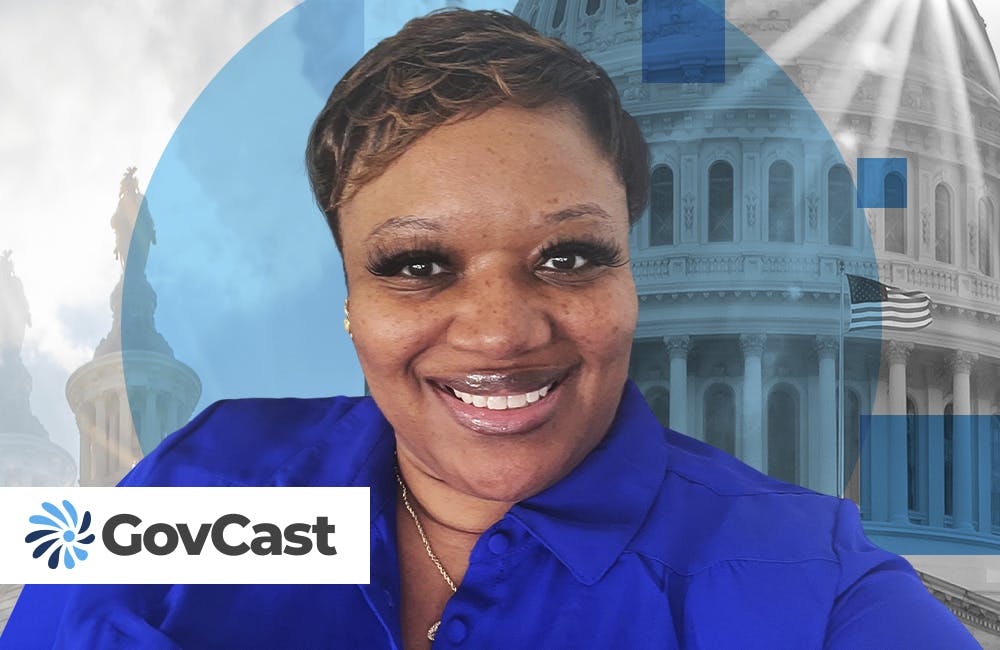Proposed HHS Budget Includes Funding Boosts for CDC, NIH
The nearly quarter increase in funding would largely go toward strengthening public health preparedness.

Proposed funding would bolster the strategic national stockpile as well as health agencies in preparation for future health crises, Department of Health and Human Services Secretary Xavier Becerra told lawmakers last week.
President Biden’s discretionary budget request for fiscal year 2022 outlines $25 billion increase — a $131.7 billion total — for HHS. Such an increase demonstrates the administration’s commitment to preparing the nation for future public health crises, Becerra said at the House Energy and Commerce hearing.
Becerra highlighted some key funding changes in the proposed budget before the committee, which include:
- $905 million for the Strategic National Stockpile, which is $200 million more than in FY 2021
- $8.7 billion for the Centers for Disease Control and PRevention, a $1.6 billion increase from FY 2021
- $51 billion for the National Institutes of Health, a $9 billion increase from FY 2021.
“The budget [request] … makes the largest investment in CDC in almost two decades,” Becerra said. “With these 2022 investments, CDC will address preparedness within the United States and strengthen global health security. As we continue to confront new and emerging COVID-19 variants, as well as an accelerating surge of cases in places like India, support for CDC’s work is evermore important.”
The budget request also outlines creating an Advanced Research Projects Agency for Health (ARPA-H), which would be nestled under the National Institutes of Health with $6.5 billion of NIH’s allocated $51 billion. This investment in advanced research and development could accelerate future health innovation, Becerra said.
The administration also looks to address other medical and public health crises that have been exacerbated by the pandemic, including domestic violence, mental health, drug abuse, maternal and child health and health care for underserved communities. This includes a 36% budget increase to the Indian Health Service, more support for programs like early childhood care and domestic violence survivors, and aid for victims of human trafficking.
Beyond the pandemic, the administration also aims to expand spending to the Office of Refugee Resettlement to over $4.4 billion, an increase of over $2.5 billion from the previous fiscal year. Becerra said that this allocated amount would help the White House with its decision to increase the refugee admissions ceiling to 62,500 this fiscal year and 125,000 in fiscal year 2022.
As HHS looks to continue strengthening the Centers for Medicare and Medicaid Services, as well as the federal marketplace for insurance options, Becerra said he will focus discretionary funding on combating fraud, waste and abuse in Medicare, Medicaid and private insurance.
Still, there are areas still needing to be addressed, including modernizing infrastructure, boosting the Affordable Care Act and lowering the cost of prescription drugs, said Chairman Frank Pallone.
“These investments are bold and necessary, but we must not stop there,” Pallone said. “The COVID-19 pandemic laid bare the impacts chronic underfunding of public health has had on our surveillance, preparedness and response efforts. It is my hope to work with the Biden administration to ensure rebuilding our public health infrastructure is a key component of any jobs and infrastructure plan.”
This is a carousel with manually rotating slides. Use Next and Previous buttons to navigate or jump to a slide with the slide dots
-

AI Use Must Align with Organizational Strategy, VA AI Lead Says
VA is piloting new AI tools to tackle existing priorities, innovate with a purpose and increase literacy before taking next steps.
5m read -

How Agencies Are Tackling AI for Health Care
Federal leaders are researching AI capabilities to support health care-focused issues like clinician burnout and health equity.
4m read -

VA Testing Low-Cost Innovation for Health Care Solutions
The agency’s Innovation Unit uses low- to no-cost pilots to test new health care solutions before they reach veterans at home.
17m listen -

VA Rolls Out Tele-emergency Care Program Nationwide
The Department of Veterans Affairs announced the roll out of its tele-emergency care program nationwide this week.
4m read








